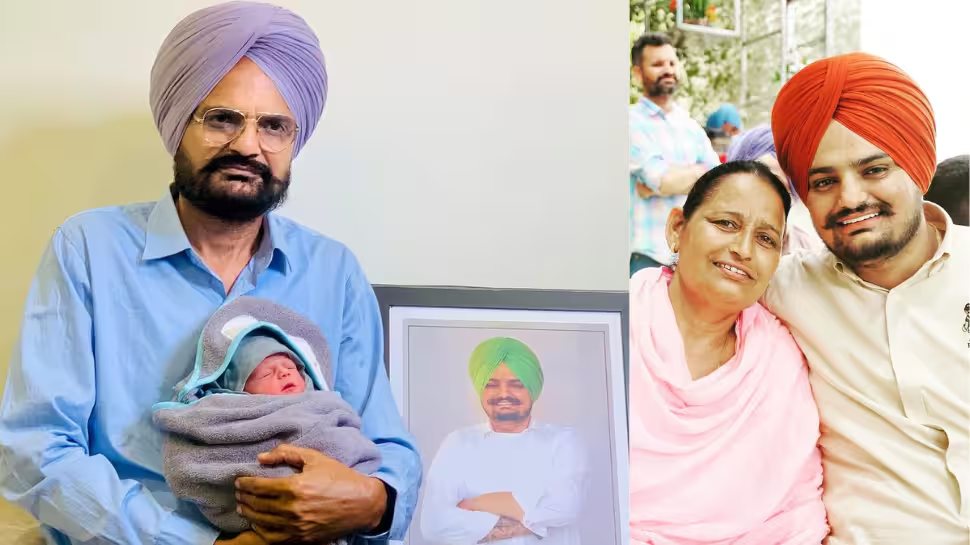Mumbai: Districtwise data collated by Maharashtra govt show neonatal (0-28 days) infant deaths decreased by nearly 9% in four years between 2019-20 and 2022-23. Deaths among children (1-5 yrs) saw a 13% drop. State officials said the mortality trends align with the 2020 Sample Registration System (SRS) report, which showed a decline in the infant mortality rate (IMR) from 19 per 1000 live births in 2018 to 16 in 2020.
Dheeraj Kumar, commissioner, health services, said the aim is to bring infant mortality rate (IMR) to a single digit in next 3-5 years. “This year, we asked districts to make specific action plans focusing upon prenatal counselling, ea-rly registration of pregnancy, etc,” he said. Kumar added that the state’s average for identification of high-risk pregnancy doubled to 10%. “For tribal areas, we increased charges for private doctors doing sonography up to Rs 1,000 from Rs 400,” he said, adding that congenital anomaly screening has also been started in these areas.
Public health department also attributed the decline to the establishment of 53 Special Newborn Care Units (SNCUs) in district and sub-district hospitals, where 56,467 infants, particularly those underweight or suffering from jaundice, were treated. Of them, nearly 5,500 weighed less than 1,500gm. Additionally, 200 Newborn Stabilization Units in rural and sub-district hospitals aided in the treatment of over 24,060 infants. Govt claimed that Mother Absolute Affection programme has impacted breastfeeding education, with nearly 14 lakh mothers counselled on the importance of exclusive breastfeeding for the first six months.
Activists are happy but cautious, especially in light of Nanded-like incidents. Last Oct, 24 deaths occurred, with 12 being newborns, in a 24-hour period at Shankarrao Chavan Hospital.
Paediatrician and public health expert Dr Abhay Bang said the fall in deaths is welcome news, and a change has been visible even in districts li-ke Gadchiroli. “A reduction of IMR to less than 20 in 20 years [IMR was 30.6 in 2008-10] is a good achievement,” he said, adding that initiatives like home-based care, executed by ASHA workers, have been effective. But he warned there are several hidden issues within the declining graph. IMR in tribal areas is higher. “Child malnutrition in rural and tribal areas is still high at 30%,” he said. Kumar said state has appointed nearly 11,000 para medical staff and medical officers are being recruited which should help with be-tter tracking and monitoring.
We also published the following articles recently
Maharashtra witnesses decline in child and infant mortality rates
Maharashtra has significantly reduced child mortality rates, with the infant mortality rate dropping to 16 per 1000 live births. The establishment of Special Newborn Care Units, Newborn Stabilization Units, and programs like Maa and Anemia Free India have contributed to this success. However, progress and improvement are still needed in rural and tribal areas.



